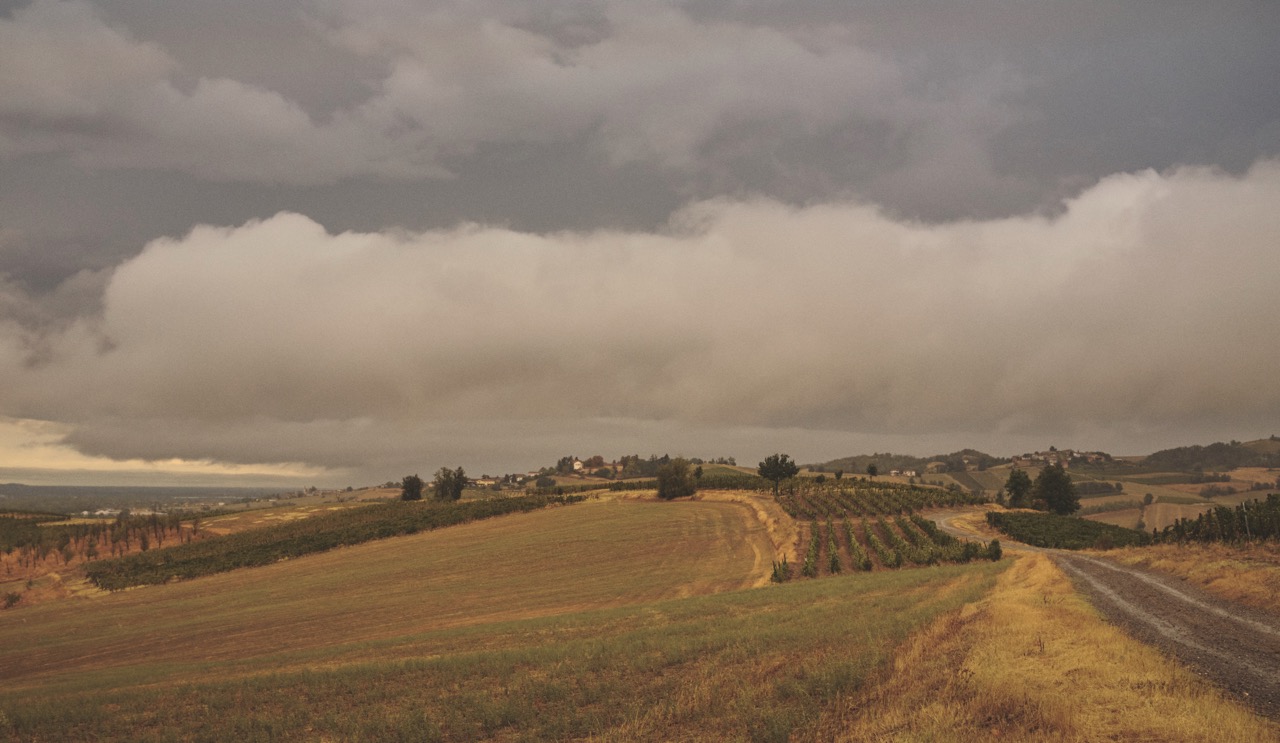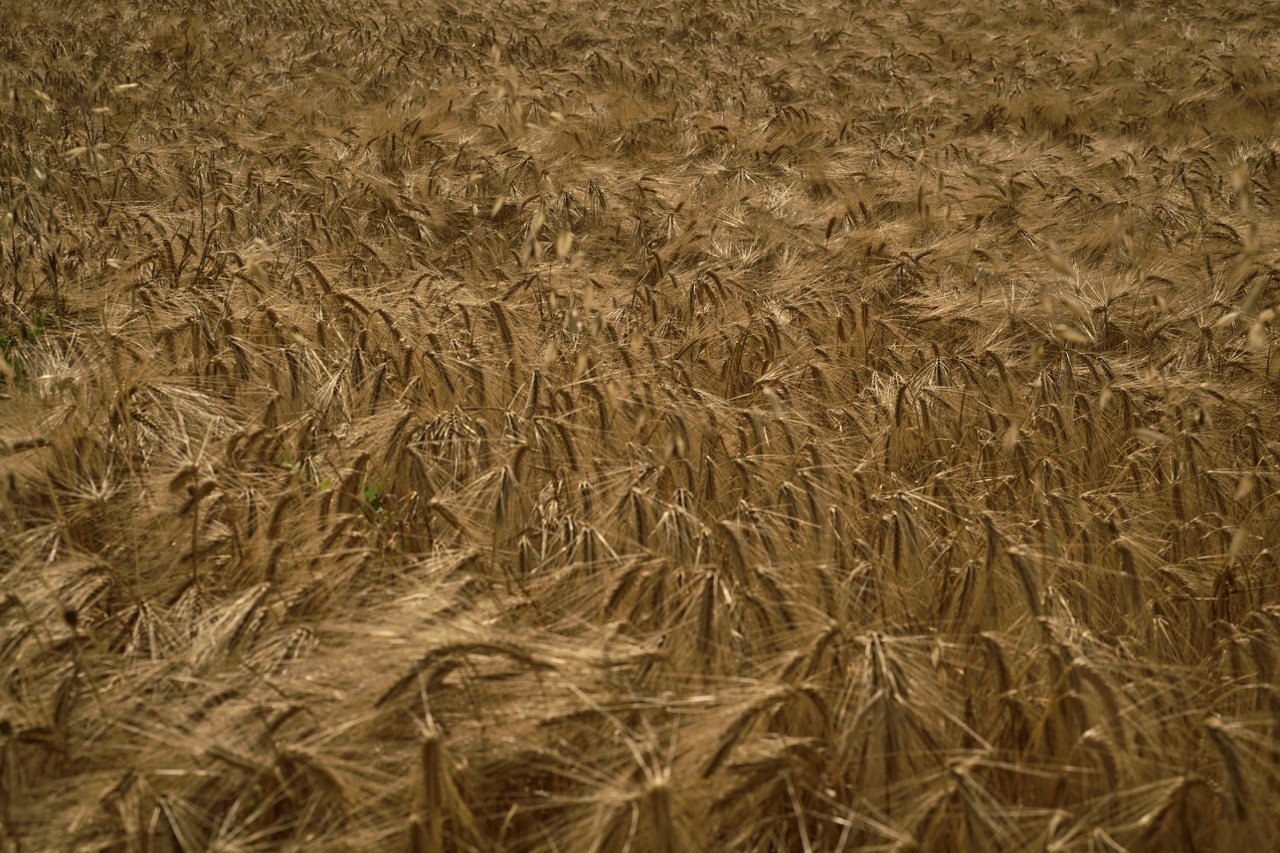GROWING WELLNESS
Our fields are cultivated with fall cereals, wheat, barley or spelt in rotation with alfalfa, as well as with the seasonal vegetables that supply the farm’s shop, markets and restaurant. Rotation brings vitality to the soil and the crop varieties have been chosen to meet our food preferences, whilst taking into consideration the well-being of our body and planet.














